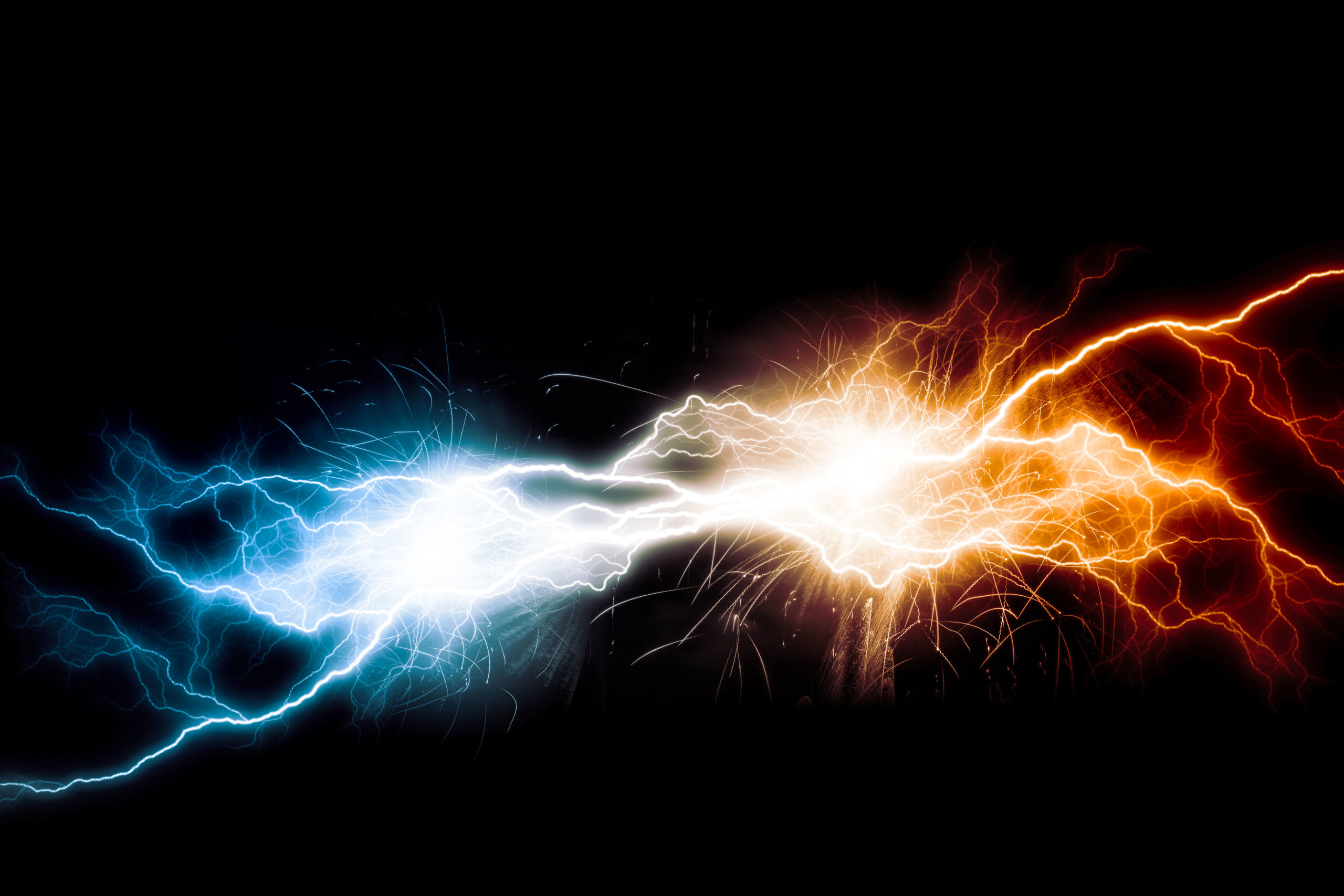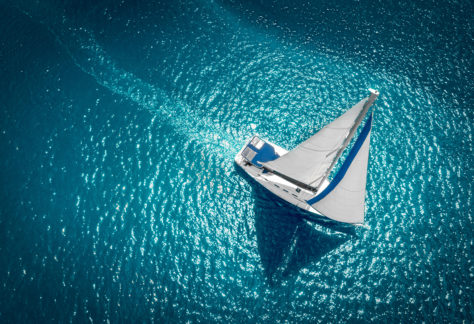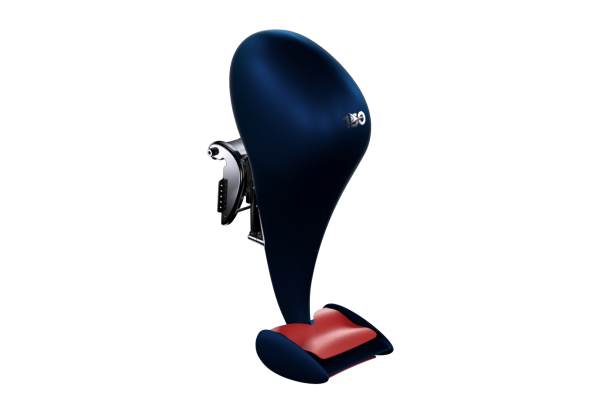Towards another future, powered by nature

This bio-inspired breakthrough innovation was invented and developed for industrial fluid transfer pumps (WavEra). It was then adapted to the medical field for cardiac assistance pumps (CorWave) , whose innovation will change the lives of thousands of heart failure patients. After ten years of R&D, more than fifteen patents filed and an exclusive license in the boating industry, it's a new impetus: FinX applies this formidable technology to boat engines.
The technology
FinX thrusters use the coupling between a fluid and an elastic deformable membrane placed between two flanges. The membrane, excited at its leading edge by a linear motor, becomes the support of a regime of deformation waves, progressive and damped. The waves thus created will propagate from the inlet to the outlet, located on the other edge of the diaphragm. The relative occlusivity between the waves and the flanges optimizes the propulsion by increasing the pressure force values. The pressure forces applied to the membrane corresponds to a decrease in the mechanical energy of the elastic membrane: the deformation waves are damped in their displacement by transferring their mechanical energy in the form of hydraulic energy, a pressure gradient and a fluid flow.
A high-efficiency linear motor is used to drive this membrane at a given amplitude and frequency. Like a diver’s fin, the amplitude is the main parameter generating engine thrust, and can be directly correlated to the fluid flow produced by the thruster. The frequency is for its part the parameter that regulates the speed of propulsion, directly affecting the number of peaks of the wave train moving on the membrane, and thus the pressure at the exit of the thruster. Contrary to conventional propeller motors, whose rotation speed is often the only variable parameter, FinX motors vary this amplitude-frequency torque, thus offering the possibility of maximizing the system’s efficiency over the entire operating range, and this only electronically via the on-board power electronics. This feature gives FinX’s corrugated diaphragm technology a major advantage in terms of energy savings, simple mechanical design, and robust operation. Consisting of a set of solenoids and permanent magnets, FinX linear motors are driven by variable frequency alternating current. The high intensity electromagnetic field, confined in the motor stator, is established within the laminations, driving the magnets in a synchronous, linear and oscillating motion.
The membrane
To move, dolphins wave their caudal fin with a high amplitude at a low frequency. FinX uses this wave pattern to propel a watercraft with great efficiency using an undulating elastomer membrane. In order to mitigate the effects of pitching and maximize the power density of its engines, the FinX "fin" is operated at low amplitude and high frequency.
Titre d’accordéon
Contenu d’accordéon
Risk-free
A guarantee of peace of mind, because there is no risk of cuts for curious hands that are a little curious. As for the algae, they pass through without blocking it.
Light
100% electric, this corrugated membrane technology retains the advantages of electric motors, particularly in terms of lightness.100% electric, this corrugated membrane technology retains the advantages of electric motors, particularly in terms of lightness.
Reactive and silent
The undulating membrane allows a quick and effortless start, just like a fish in water.
La technique

ENVIRONNEMENT
Grâce à son fonctionnement innovant, le moteur ne brasse pas l’eau mais la propulse en ligne droite en sortie, ce qui prévient la formation de tourbillons et perturbe moins la faune et la flore, préservant ainsi les micro-organismes végétaux marins, dont le phytoplancton, à la base de la chaîne alimentaire, qui disparaît peu à peu.
Dans le cycle du carbone, il est responsable de la production de la moitié de l’oxygène terrestre et capte 100 millions de tonnes de dioxyde de carbone par jour. L’Océan est le plus grand espace de vie de la planète. Aujourd’hui, 280 000 espèces sont recensées. Mais il demeure largement inexploré : il pourrait abriter entre 500 000 et plus de 10 millions d’espèces différentes – hors monde microbien, dont le nombre d’espèces serait proche de la dizaine de milliards.

PUISSANCE
Les moteurs thermiques et électriques sont équivalents en poussée finale. Un moteur de 150 CV thermique produit la même poussée qu’un moteur électrique de 100 kW. Le Fin5 de 2 kW est donc équivalent à un 5 CV thermique, capable de propulser une annexe avec 4 personnes à bord. Il peut également équiper les voiliers jusqu’à 3 tonnes pour les manœuvres dans les ports.

TECHNIQUE DE PROPULSION
Nous nous basons sur le troisième principe de Newton appelé “principe des actions réciproques”. D’après celui-ci, “chaque action a une réaction égale et opposée”. Ce principe se traduit par exemple en voiture, lorsque l’on est scotché à son fauteuil en cas de vive accélération ou à l’inverse, étant attiré vers l’avant lors du freinage.
Dans notre cas, l’eau propulsée en sortie du moteur génère, en réaction, une poussée sur le moteur, de la même manière que les gaz expulsés par une fusée lui permettent de s’élever dans les airs. La force nécessaire pour expulser l’eau sera ainsi égale à la force de poussée de l’eau sur le moteur, ce qui permettra de faire avancer le bateau.

PROTECTION ANTI-CORROSION
Le carter étanche permet aux pièces susceptibles d’être altérées par la corrosion de ne pas être en contact direct avec l’eau. Les autres pièces sont enrésinées afin de leur apporter une protection anti-corrosion.

DEMAIN
Le transport maritime est un enjeu immense pour demain. FinX veut fournir une alternative à l’hélice dans toutes les gammes de puissance, du drône au porte-container, en passant par les yachts. Cette technologie n’a pas de limite de taille : une membrane de 20 cm ou de 2 m suit le même principe d’ondulation. Seule la puissance nécessaire pour créer l’excitation varie.
Nous réaliserons ce défi par étapes. Nous nous concentrons dans un premier temps sur des produits destinés aux petites puissances (moteurs hors-bords). Nous prévoyons pour les grandes puissances la conception de moteurs inboard directement intégrés aux bateaux. Pour cela, une version rectangulaire de la membrane serait utilisée pour réduire les effets de traînée. La membrane pourrait se positionner sous la coque du bateau afin de le propulser. Cela réduirait aussi les risques d’accidents avec les mammifères marins.
Everything about the technology
The electric motor offers many advantages, although criticized for its batteries. It makes it possible to have a low environmental impact (the “eco-friendly” battery technology that we recommend at FinX is Lithium-Iron-Phosphate), to move more silently, and to avoid gasoline-related problems or oil (leaks, complex maintenance, odors, etc.). Plus, it provides better acceleration and thrust when starting, like a fish in water!




